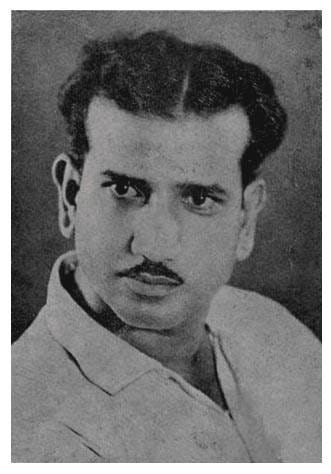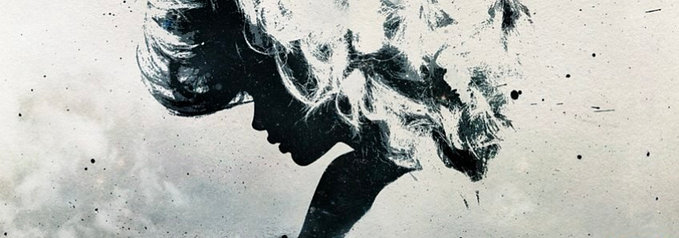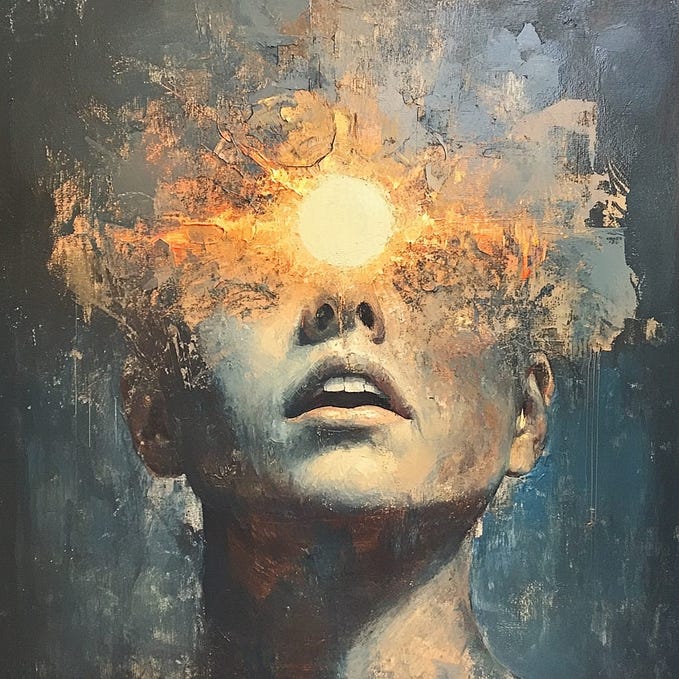Remembering JBH Wadia, a pioneering filmmaker of Hindi cinema, on his 116th birth anniversary.

Jamshed Boman Homi Wadia (13 September 1901–4 January 1986), commonly referred to as J. B. H. Wadia, was a prominent Bollywood movie director, screenwriter, producer and founder of Wadia Movietone Studio. JBH was born in prominent Parsi family which hailed from Surat, Gujarat whose ancestral business was ship building. Their family name of Wadia stands for master shipbuilders. In a family of entrepreneurs, JBH is credited with the creation of movies involving populist stunt roles including those by Fearless Nadia and bringing the concept of stunt actresses to Indian cinema.
JBH began his film making career with silent movies. Being an intellectual and avid writer he wrote scripts for his movies while his younger brother Homi Wadia who joined him in the business a few years later was usually tasked with directing them. JBH produced his first movie Vasant Leela in 1928, along with 11 other silent movies at the Kohinoor Studios in Dadar as well as under Deware Laboratories. These movies were modest successes and were mostly remakes of populist Hollywood classics. In the year 1933, he founded Wadia Movietone company and made his first Talkie movie Lal-E-Yaman, inspired by the Orientalist fantasy world espoused by the Arabian Nights and related themes. This movie’s success helped establish Wadia Movietone as a studio to contend with, in partnership with his brother Homi, their distributor Manchesa B Billimoria and the Tata brothers Burjore and Nadirshaw.
Under the Wadia Movietone Studio banner, JBH introduced a variety of new concepts to Indian cinema starting with a stunt actress playing a leading role to a documentary newsreel, The Indian Gazette, to a feature-length documentary, Haripura Congress. As part of capturing cinematic recordings of early classical and semi-classical musicians and singers, he made a series titled Wadia Movietone’s Variety Programme, featuring legendary artists such as Feroz Dastur, Bal Gandharva, Malika Pukhraj and Pandit Tirthankar. Wadia Movietone was also the first to create an Indian film without songs, Nav Jawan, the first Indian movie to be filmed in English (along with parallel Hindi and Bengali versions), The Court Dancer, the first Sindhi-language movie post-Partition, Ekta, and the very first Indian television series, Hotel Taj Mahal.
Some of the notable movies made by Movietone studio were Swadesh, Black Rose, Fauladi Mukka, Return of toofan mail, Jai Bharat, Kahan hai manzil teri and movies starring Fearless Nadia namely Hunterwali, Miss Frontier mail, Hurricane Hansa, Lootaru Lalna, Diamond queen, Bambaiwali, Jungle Princess.
In the late 30’s JBH got involved in the Indian freedom struggle, initially inspired by the Indian Congress Party and then by M.N. Roy, the former Communist who turned away from Communism after a falling-out with Stalin and started his own party, Radical Humanism. The friendship with M.N. Roy added to JBH’s zeal for social and cultural change — including the emancipation of women, the casting aside of superstition and harmful practices such as the caste system, and the need to educate each and every person if India was truly to be free and sustainable as an independent nation. His films, including the few stunt films he would make before abandoning that genre altogether, included these themes — such as Raj Nartaki, Vishwas, Balam, Madhosh, Mela, Ankh ki Sharam, Manthan and Amar Raj. The Fearless Nadia starrer Diamond Queen captures all these themes perfectly — blending bold calls for revolution and the eradication of corruption with breathtaking stunts performed by the amazing Mary Ann Evans (aka Fearless Nadia) and John Cavas. Indeed, it was JBH’s ability to entertain while educating and empowering that is perhaps his strongest and greatest contribution to Indian cinema at a particularly pivotal and crucial time in Indian history.










